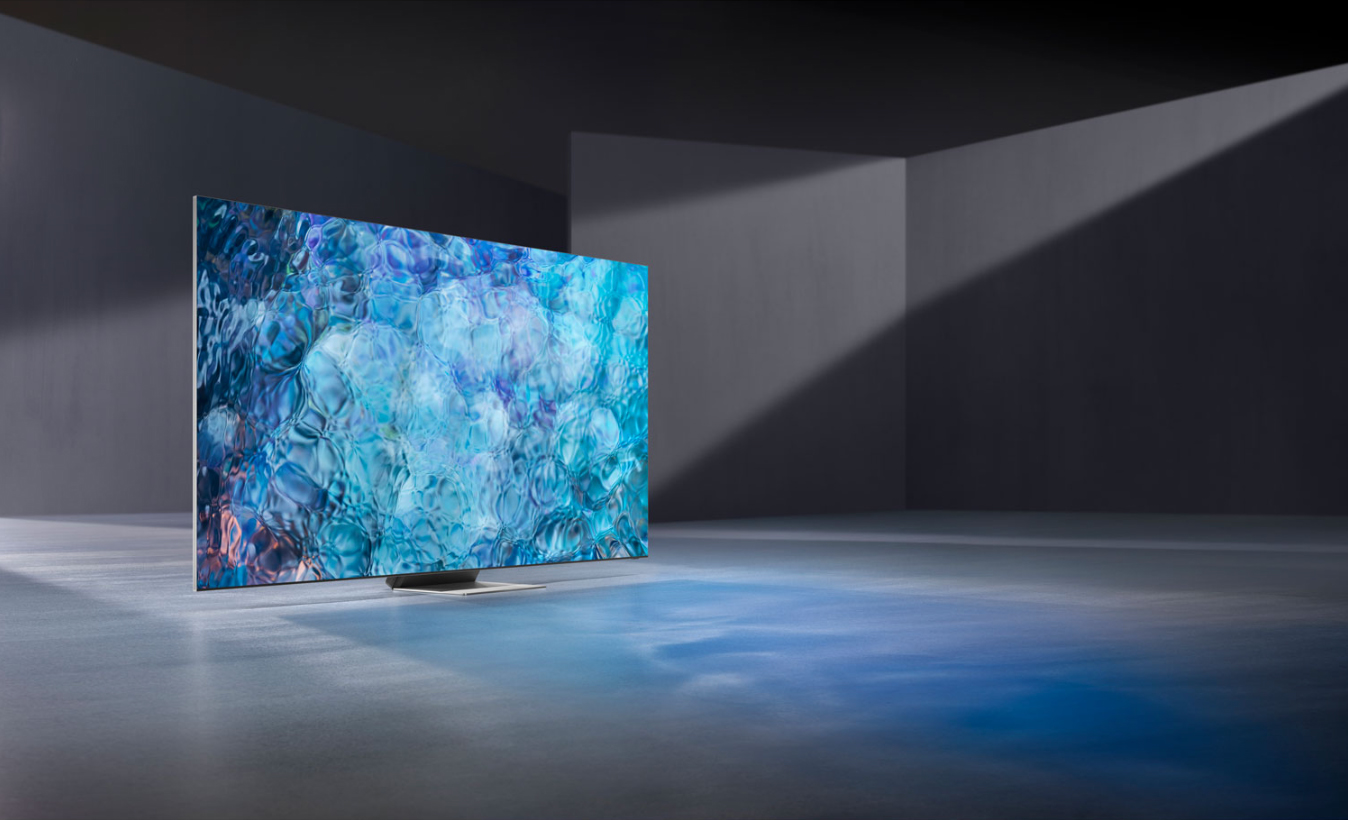
8K TVs have been on the market for a few years, but they are now starting to become commonplace as more brands release their own version of 8K Ultra HD TV. They are ideal when you want a very large screen with the clearest image possible. It’s an exciting time to purchase a TV because 8K promises to be as real-to-life as anything you’ve ever laid eyes on.
8K TV buying guide quick reference handout
Table of contents
What is 8K TV?
An 8K Ultra HD TV is similar in many ways to 4K TV, except that an 8K TV has double the resolution. This means it has more pixels on screen than 4K or HD televisions which produces the best picture quality available. A pixel is the smallest possible graphic that can be displayed on any kind of digital device including TVs, smartphones, and tablets. Pixel density refers to how many pixels you can fit in a square inch of space; the key metric involved is pixel per square inch or PPI. The higher the PPI, the better the picture quality. For example, a 4K Ultra HD TV has 59 PPI and an 8K Ultra HD TV has 117 PPI.

Over the past two decades, TV resolution has evolved, first bringing us high definition, 720p then full HD (FHD) 1080p. 4K TVs came within the last decade and have become the popular choice for consumers because of the impressive clarity and colours from these displays. With more pixels on board, 8K offers even more spectacular, detailed, image quality than has ever been possible.
Compare 1080p to 4K and 8K
1080p, 4K, and 8K use a different number of pixels to produce the picture you see on the screen.
1. 1080p TVs have a resolution of 1920 horizontal pixels x 1080 vertical pixels. Because you only have 2000 pixels to use across the entire display, a 1080p TV limits your picture quality and the size of TV you can choose. If you stretched those pixels across a big screen that’s 55 inches or 65 inches, 2000 pixels would look washed out and dull.
2. 4K TVs have a resolution of 3840 x 2160 and they use approximately 4000 pixels. 4K content is just as common as 1080p content now, and with 4000 pixels you can move into larger screen TVs and you’ll get much better picture quality. The video on a 4K TV is sharp and clear.
3. 8K resolution bumps up to 7680 by 4320. With 8000 pixels, the picture quality on an 8K is very vivid, ultra-sharp, and tiny detail is enhanced in a way that’s visible to the naked eye.

What is 8K Ultra HD?
When you’re shopping for a 4K TV, you’ll see the term UHD, Ultra HD, or 4K Ultra HD. The same terms apply to 8K TVs, so you’ll see 8K UHD, 8K Ultra HD or 8K Ultra-2 HD. You may see the Ultra-2 reference because 8K TVs are the next generation of TV resolution and will eventually take the place of 4K TVs in the same way 4K has replaced 1080p HD.
Benefits of 8K resolution
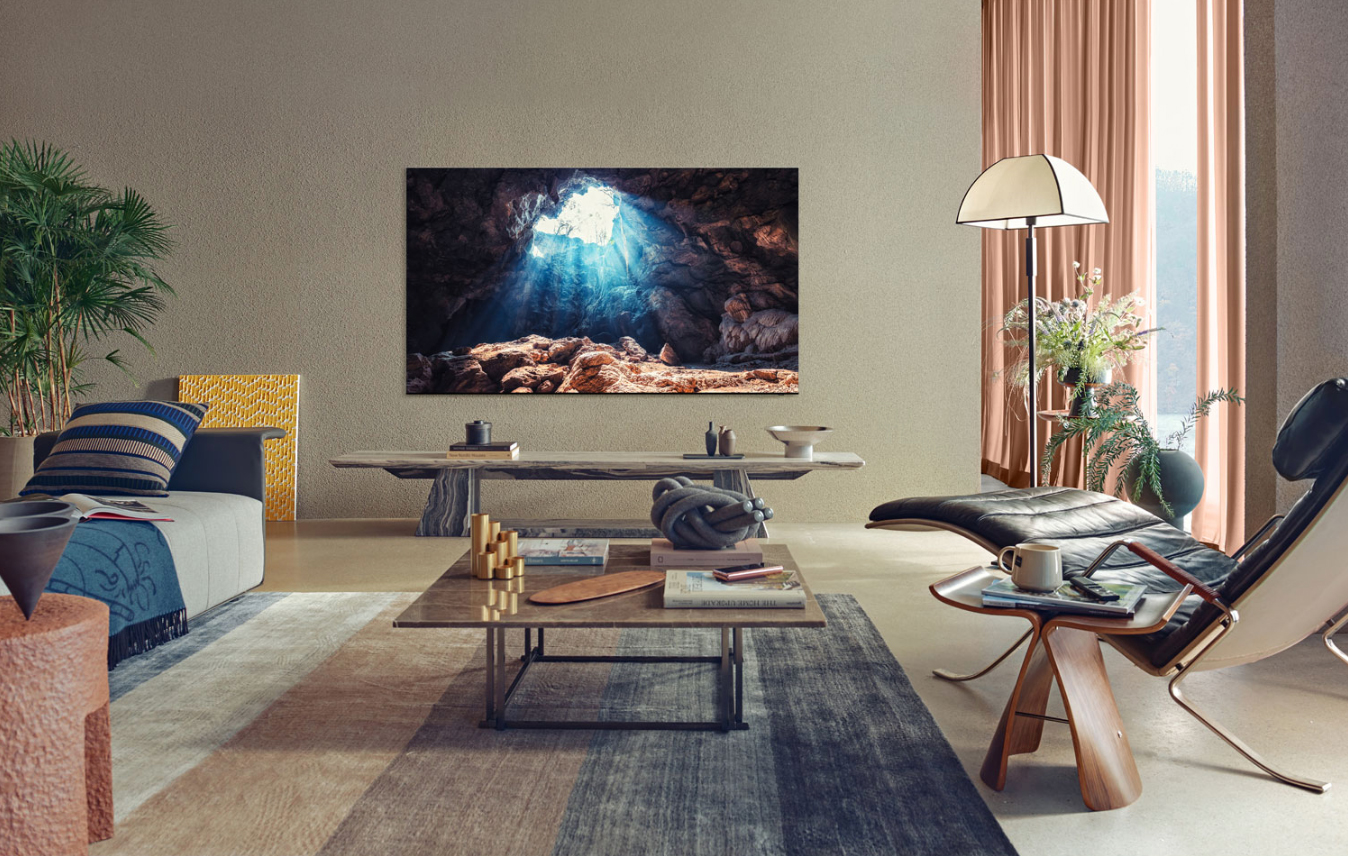
With double the resolution of a 4K TV, 8K offers the sharpest and most spectacular image quality possible. There are quite a several benefits to bringing home an 8K TV right now.
1. 8K will shine in bright or dark rooms
8K TVs are available in QLED and OLED display types. Because they have so many pixels built into the TV, they display brighter, crisper images. If your room has a lot of outside light or there is a glare directly on the TV, a 8K QLED offers a vivid, bright picture that can offset any glare from outside windows. If your room is darker and you want a TV that can produce the richest black possible, you can choose an 8K OLED TV. It offers true black and brighter colours for the most realistic image quality.
2. 8K offers better contrast
When you have a TV with 8K resolution, you can experience the most vivid colour palette possible. 8K resolution offers billions of colour combinations, and everything looks just as natural and vivid as if you were looking out the window. On an 8K TV, you’ll experience what true colour is like, with the deepest blacks and whitest whites you’ve ever seen on a TV.
3. 8K TVs can upscale 4K content making it look even better
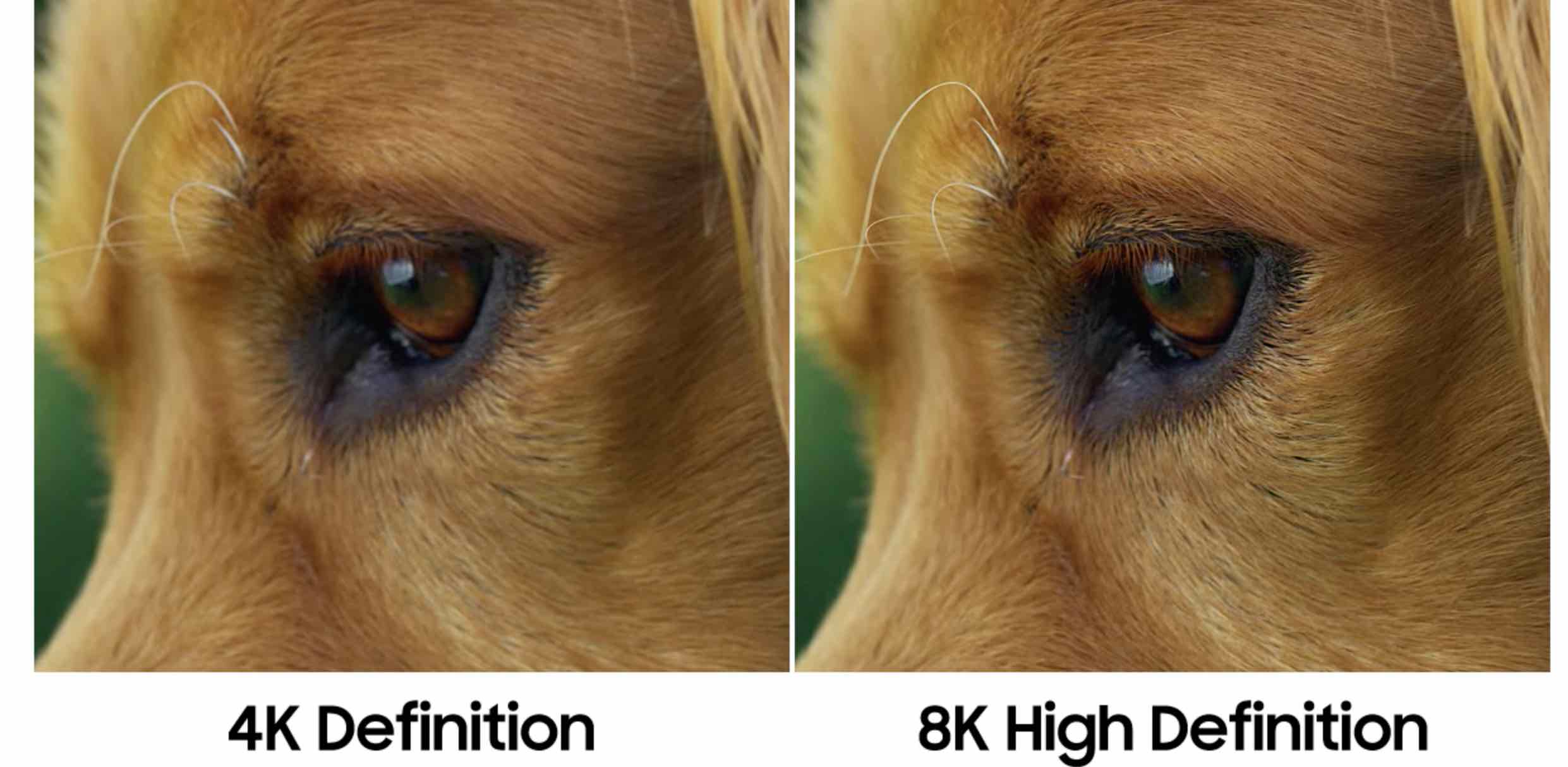
With 8K Upscaling, everything you watch on your favourite streaming services or TV channels will be upscaled to as close to 8K as possible. Gaming on an 8K TV will be a revelation thanks to upscaling and the ability to game at 4K 120Hz. When you have a TV with 8K resolution, you’re set up with the latest technology so your TV is future proof and you’ll enjoy it even more as time goes on.
What can I watch in 8K?
Most of what you watch on Netflix, Disney+, and other streaming services is either 1080p or 4K. The library of 8K content is slowly growing, with the bulk of 8K content available on YouTube. But there’s no shortage of video to watch when your TV has the ability to upscale to 8K. Your favourite movies, TV shows, or sports you would normally view in 4K will look better than ever.
Differences between 8K panel types
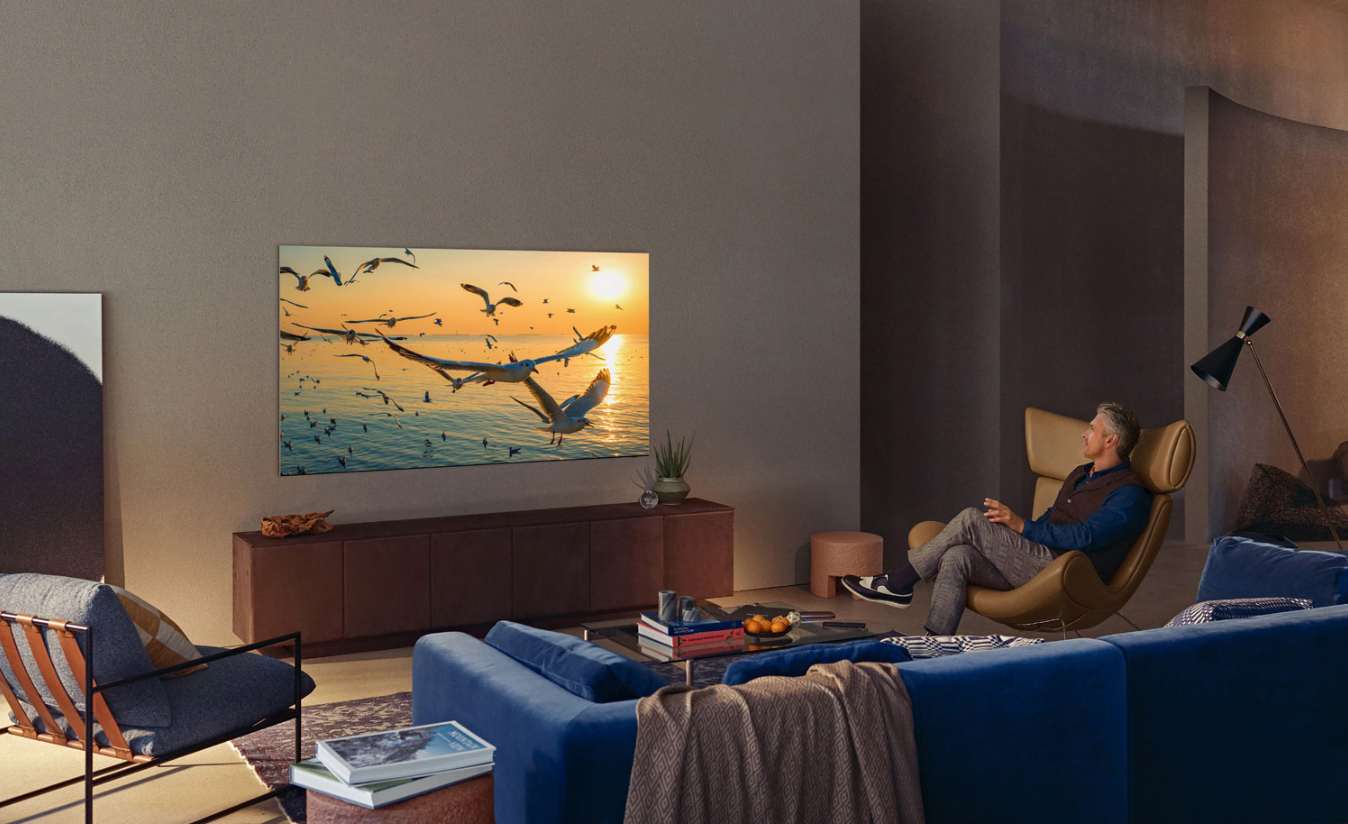
While 8K technology is still pretty new, the number and types of TVs with 8K resolution are growing. You can now choose from different types including 8K Ultra HD LED TVs, 8K QLED TVs, and 8K OLED TVs. To choose the best TV for you, you’ll want to learn about the different display types and what they offer with 8K resolution.
1. 8K Ultra HD LED TV
Just like a 1080p or 4K Ultra HD TV, an 8K Ultra HD LED TV is a type of LCD TV. LCD stands for liquid crystal display, and an LED TV uses light-emitting diodes (LEDs) to provide the backlight for the display. An average size TV uses approximately several hundred LEDs as the light source, and a single LED will provide the light source for hundreds of pixels at one time.
While you can choose a 4K Ultra HD LED TV, because of the number of pixels and new technology built into 8K Ultra HD LED TVs, it will be significantly sharper, brighter, and project a more realistic picture than 4K.
2. LED vs Mini-LED
One other thing you’ll want to keep in mind when shopping for an 8K LED TV is that the standard size of LED in backlights is slowly phasing out as technology moves toward Mini-LED and MicroLED.
Mini-LED is just what it sounds like – a mini version of an LED light. Mini-LEDs are almost as small as a quantum dot, so TV manufacturers can add more of them when designing the backlight of a TV.
3. 8K QLED TV
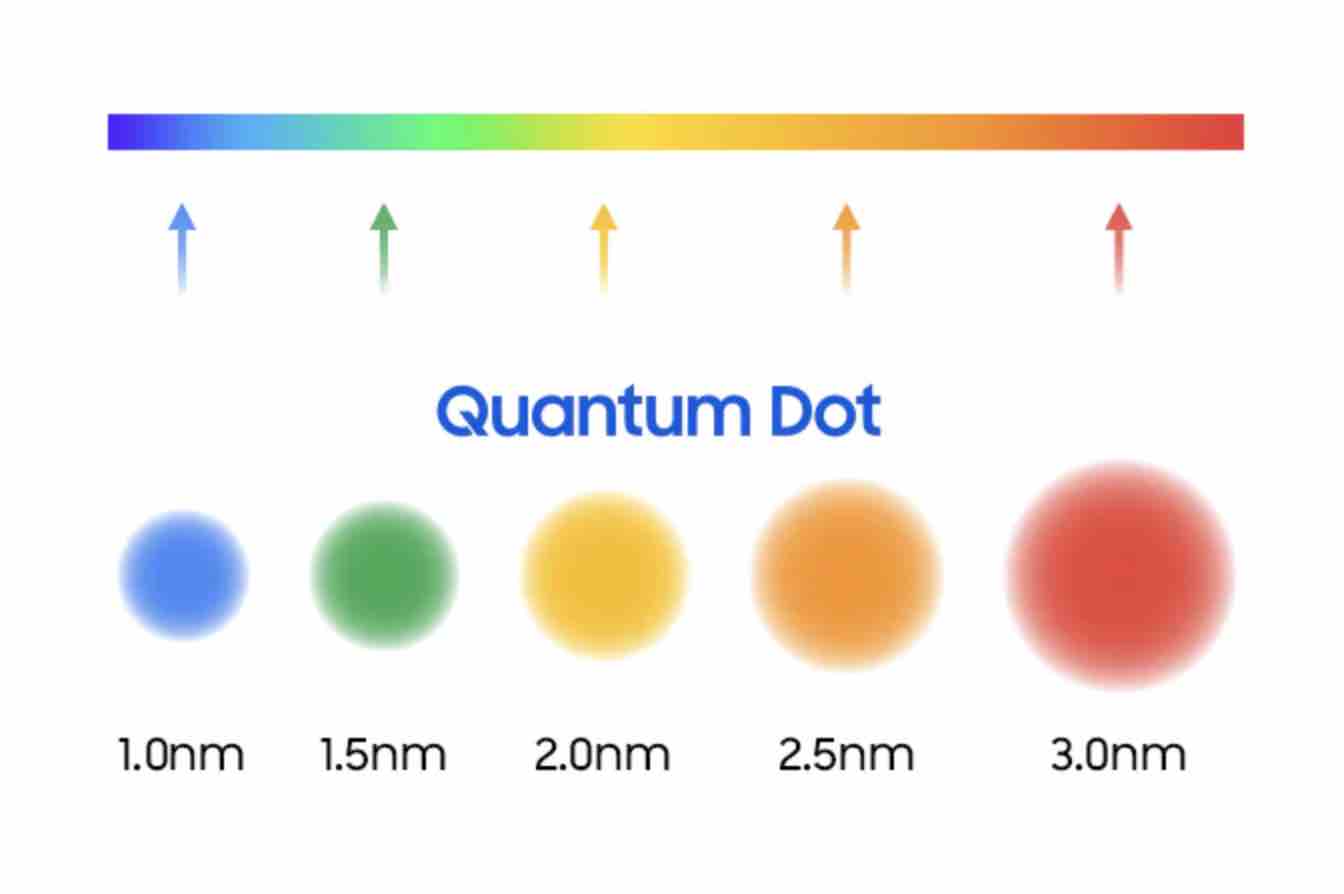
A QLED TV is a LED TV with an added layer of quantum dots, and QLED stands for quantum dot light-emitting diode. Quantum dots are nano-sized semiconductors that produce different colours of light depending on their size. You can think of them as a small speck or particle, with larger dots producing the colour red and smaller dots producing the colour blue.
When you add quantum dots to an LED display, that TV will have high luminance and the brightness of the TV will improve dramatically. When you improve brightness, contrast is also improved. The TV’s ability to showcase a range of ultra-bright and very dark images, also known as high dynamic range (HDR), is improved to the point where everything you watch is more vivid than you can imagine.
8K QLED TVs are becoming more common, and each brand is bringing its own take of 8K QLED to the market. Samsung has the Samsung Neo QLED TV, and it has a micro-layer of quantum dots over a Mini-LED backlight. LG has the LG NanoCell QLED TV. It also uses quantum dots but they are layered over individually lit LEDs.
4. 8K OLED TV
This is the year 8K OLED TVs will be heading into living rooms everywhere. An OLED TV (click here to learn more about OLED TVs) doesn’t use backlight technology, instead, light is provided by organic light emitting diodes. These diodes are self-illuminating, so they can turn off and on without the need for a backlight. Because the diode can turn completely off or on, your 8K OLED TV will be able to produce true black and brilliant white. With 8K resolution, an OLED TV can display jaw-dropping colour and contrast.
Samsung has also released a QD-OLED TV. This new display type blends quantum dots and OLED technology. The result is a TV that can achieve both the brightness of QLED TVs and the true black of OLED TVs.
5. 8K OLED vs 8K QLED
If you’re weighing the pros and cons of an 8K OLED TV with an 8K QLED TV, you may have heard the term ‘burn-in.” Burn-in refers to how organic light-emitting diodes may degrade over time and leave an image imprint when you turn off the TV. While doing your research you may come across this term since it used to be a concern related to some OLED screens. However, new technology has resolved these issues for most OLED screens and burn-in has become much less common as OLED technology has evolved.
6. 8K MicroLED TV
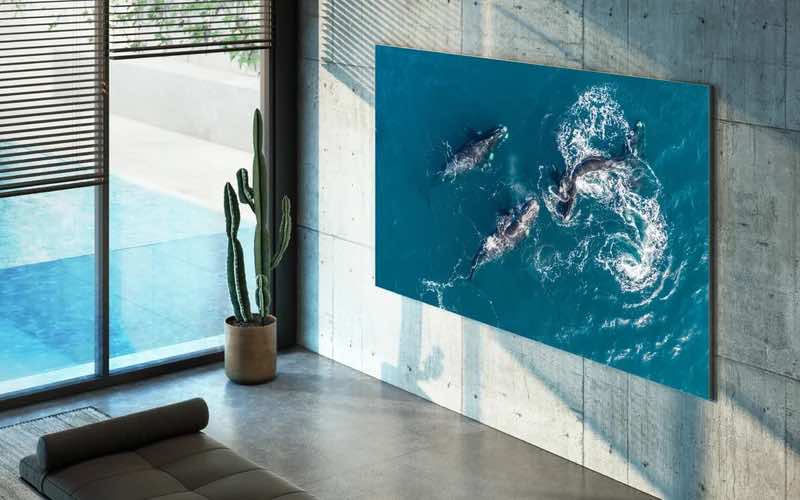
MicroLED is an evolving technology that is expected to become more common in stores within the next year or two. MicroLED TVs are a lot like OLEDs in that the diode can completely turn on and off, but MicroLED uses non-organic LEDs at a rate of three per pixel. It’s a revolution in TV tech because the pixel can be turned off and on individually, but there is no chance of burn-in because the MicroLED is non-organic.
An 8K MicroLED promises to provide the absolute best colour, contrast, and picture quality possible, but they aren’t available in conventional home theatre sizes of 55 and 65 inches yet. Samsung has announced a smaller 89″ MicroLED TV that will begin appearing soon.
Features on 8K TVs
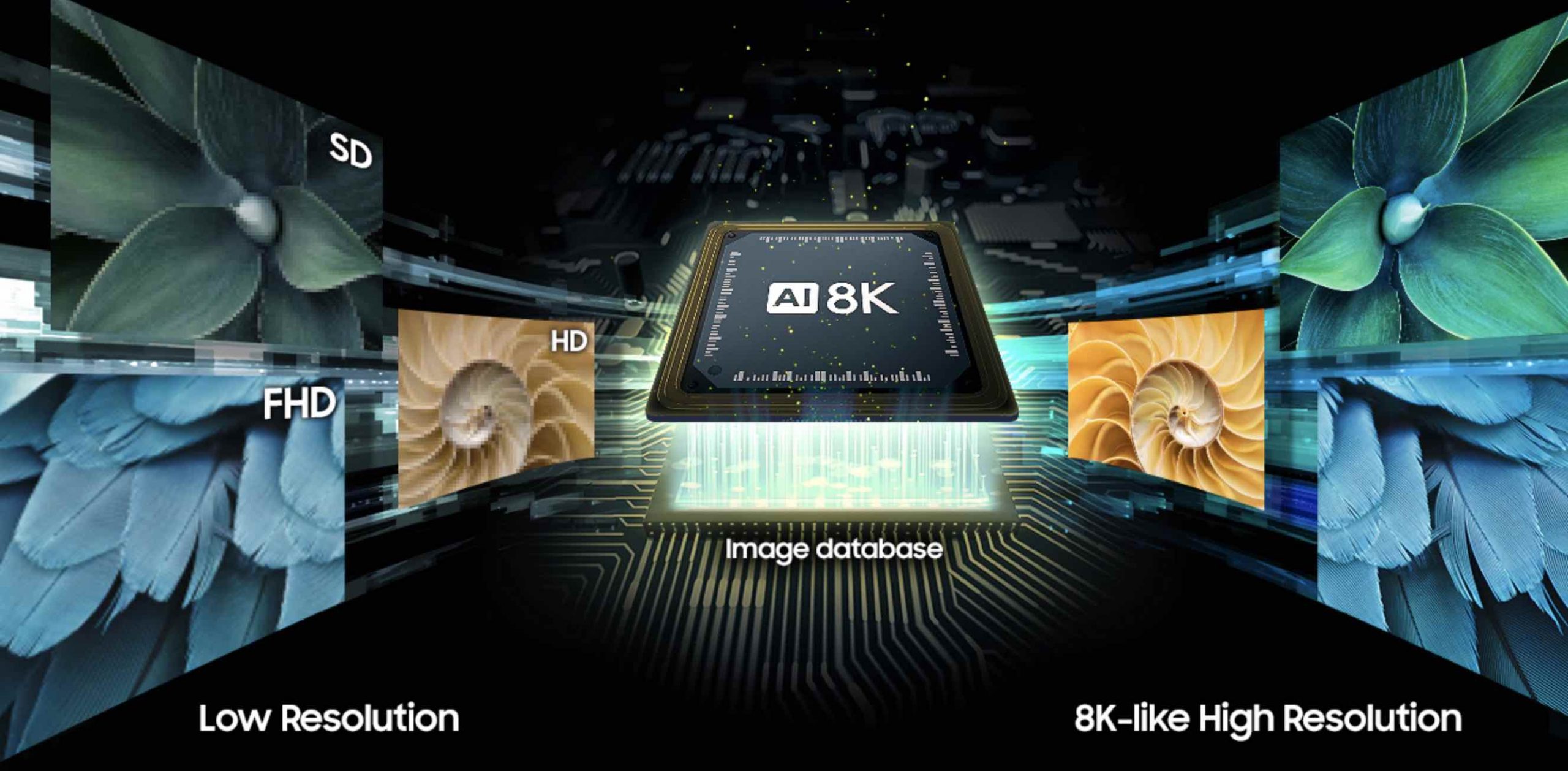
While the backlight will differ depending on which type of 8K display you choose, many of the features you’ll find on these TVs will be the same across the board.
1. AI processors
The latest 8K displays are powered by processors with AI built-in. With artificial intelligence onboard, your TV can process images in real-time, enhancing clarity and contrast on the fly and learning as you watch so it can present each image in the best possible light. These processors can also enhance your colour so everything presents at 100% colour volume.
An AI processor will improve sound quality and enhance refresh rate so gaming visuals are displayed at a lightning-fast pace and response time is lag-free.
2. 8K Upscaling
Upscaling refers to your TVs ability to improve the picture quality of what you are watching and bring it as close to the TV’s resolution as possible. If you’re watching 4K content, 8K upscaling will restore details in each individual pixel and upscale 4K video to as close as 8K as possible. 1080p content can be upscaled to as close to 4K as possible. Long story short, everything you watch on an 8K display will look better.
3. Dolby Vision and HDR content
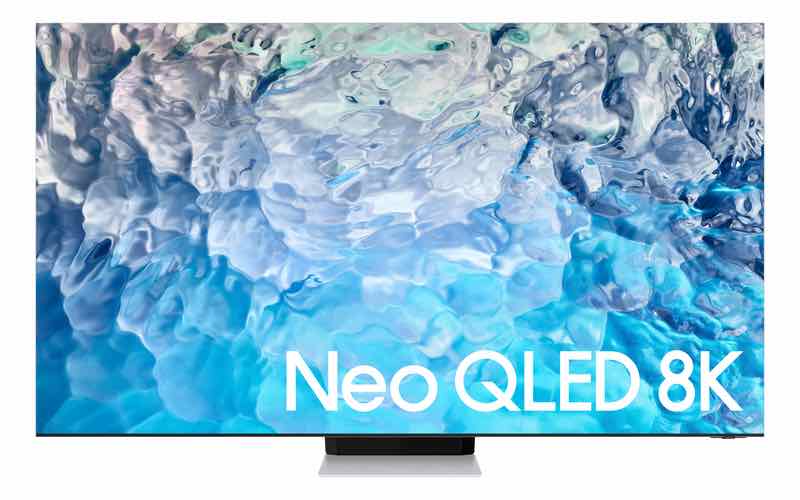
An 8K TV can display Dolby Vision and HDR content, and some models can automatically adjust your picture based on the ambient lighting in your room. You’ll also find features like Cinema HDR technology on 8K flat screens, bringing home a theatre-quality experience and adding a layer of realism by enhancing brightness and contrast levels.
4. Sound system on 8K
The processor on 8K displays uses technology to enhance the sound quality provided by the built-in speakers. Depending on the model you’ve selected, an 8K panel will have multiple speakers with multi-directional audio to put you in the middle of whatever you’re watching. The display itself can create a surround sound environment, and if you’d like to turn up the volume even more, a sound bar will offer you the perfect pairing of audio and visuals.
5. Size range of 8K TVs
Because an 8K display has more pixels, this resolution can be offered in large sizes. You can choose from a 55-inch, 65-inch, 75-inch, or 85-inch 8K TV, and there is also a 99-inch 8K display available. To make the most of your 8K resolution, you’ll want to keep in mind the minimum viewing distance required to experience the most detailed picture quality. A 65-inch 8K display should have a viewing distance of approximately 2 feet, while a 65-inch 4K TV provides the best view at 4 feet.
With 8K, bigger is always better. If your room can support a larger screen than 65-inches, you’ll want to choose the biggest size to enjoy the best picture quality.
6. HDMI ports and Wi-Fi
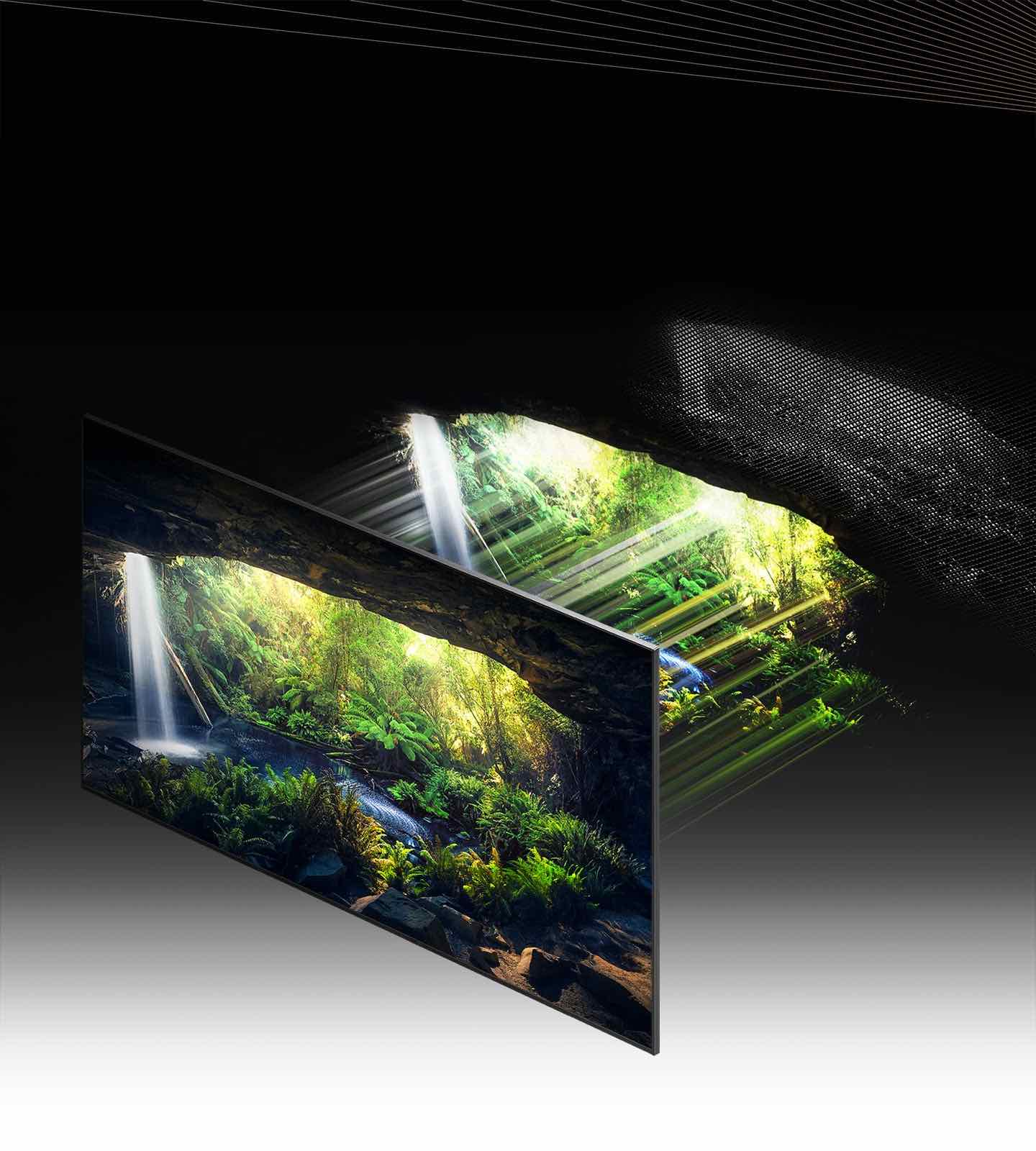 An 8K display offers multiple wired and wireless connections, and you’ll find 8K models with Bluetooth 4.2, Wi-Fi, and four or more HDMI connections. If you’re a gamer you’ll find 8K TVs with HDMI 2.1 and HDMI eARC. Some models have several ports for gaming at 4K/120Hz, so you can plug in multiple consoles. There are also three or more USB ports onboard to use for storage drives or other inputs.
An 8K display offers multiple wired and wireless connections, and you’ll find 8K models with Bluetooth 4.2, Wi-Fi, and four or more HDMI connections. If you’re a gamer you’ll find 8K TVs with HDMI 2.1 and HDMI eARC. Some models have several ports for gaming at 4K/120Hz, so you can plug in multiple consoles. There are also three or more USB ports onboard to use for storage drives or other inputs.
7. Refresh rate on 8K TVs
8K TVs offer the same types of refresh rate as 4K TVs. Refresh rate refers to how quickly images are refreshed on the screen. The higher the refresh rate, the smoother motion will appear. The most common refresh rate for 4K and 8K is 60Hz or 120Hz.
8. 8K Smart TVs
Every 8K display available is also a smart TV, so when you plug it in and turn it on for the first time you’ll see the main screen with all of your favourite streaming apps. Depending on the brand of 8K panel you choose, your operating system may be Google or Android TV, Tizen, or Web OS. No matter which you choose you’ll have an instant connection to Netflix, Disney+, Spotify, and more.
9. Voice control
When you want to search for something new to watch, you won’t have to pick up a remote. Just ask your Google Assistant, Bixby, or Alexa to search through your TV. With the addition of a voice assistant, you can also use your TV as a smart home hub, controlling your other smart home devices with your voice.
10. 8K Nanocell
8K Nanocell TVs are a lot like QLED TVs in that they utilize an LED backlight. In a Nanocell TV, a layer of nanoparticles is added to improve brightness, colour, and filter out unwanted colour wavelengths. If you want a TV with the widest viewing angle possible, an 8K Nanocell offers crisp, detailed picture quality with 178-degree viewing angles.
11. 8K Full Array
Some TVs have LEDs placed only along the edges of the screen. With an 8K Full Array TV, your LEDs are placed in different locations all over the TV’s LCD panel. The result is the possibility of more dimming zones, and with more dimming zones you’ll have improved colour and contrast for everything you watch.
12. 8K HFR
An 8K HFR TV is a TV with a high frame rate. Frame rate refers to how quickly images are displayed on your screen, and the standard frame rate for movies has always been 24fps (frames per second). Some filmmakers have begun shooting movies at higher frame rates. The Hobbit series was shot at 48fps and Gemini Man was shot at 120fps. Some types of 8K TVs can now showcase these higher frame rates, and when paired with 8K resolution, you’ll see details within the movies you’ve never seen before.
Gaming on 8K TV
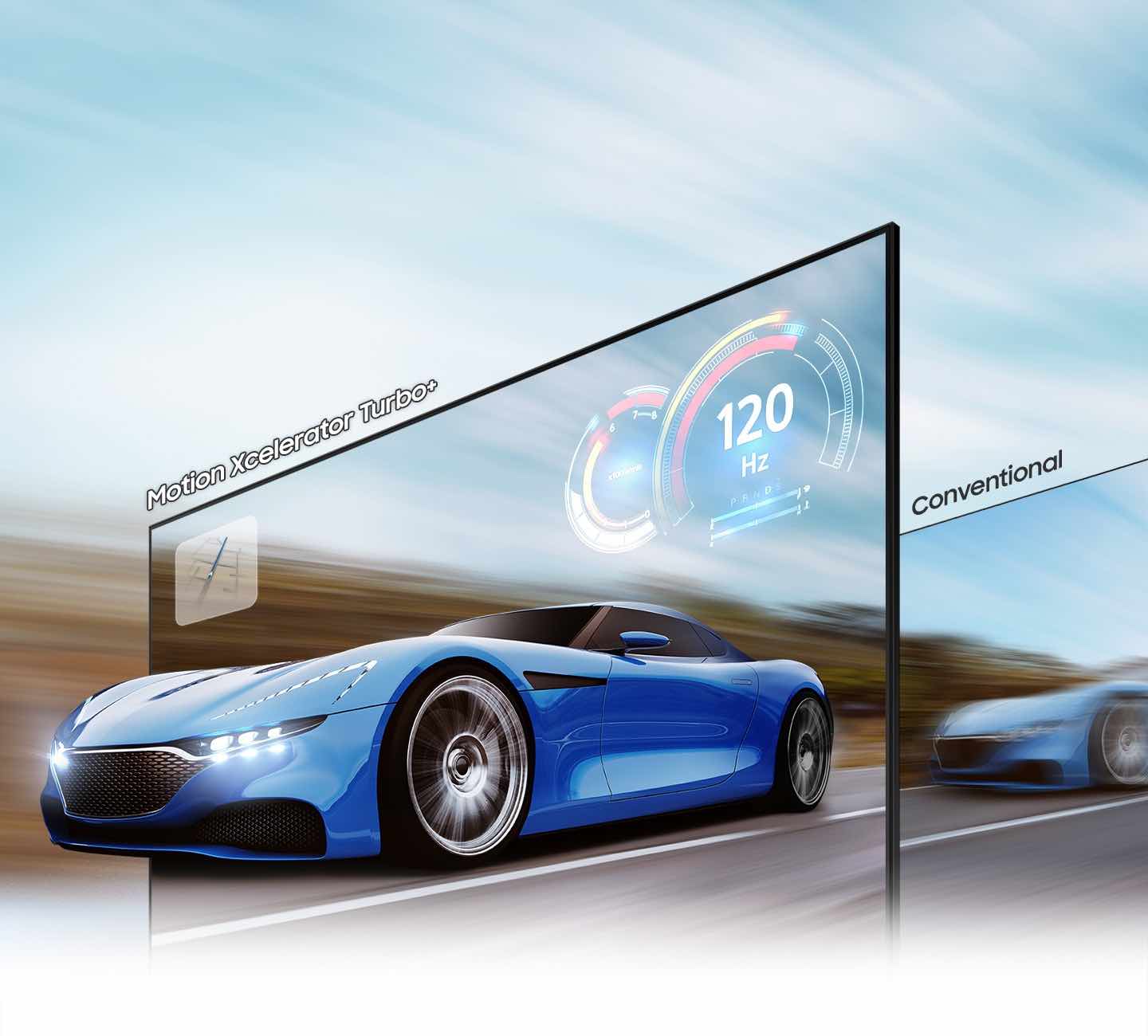
The latest gaming consoles offer games in 4K. Although consoles don’t support 8K yet, gamers are choosing TVs with 8K resolution because of built-in features designed for gaming including game engines and upscaling.
1. Game mode: Some models have game bars or game mode, letting you view lag, refresh rate, and other settings while in-game.
2. HDMI 2.1 ports: You’ll enjoy blistering fast and lag-free gaming at 4K up to 120fps
3. One-stop gaming menus: Some types of 8K gaming TVs have gaming menus where you can access all of your console games and PC games in one location, with access to Stadia, XBox, PS5, and more.
Take the next step
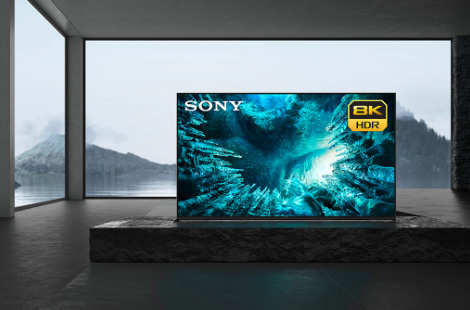
Your 8K TV will be a welcome addition to your home theatre. Take a look at all of the 8K TVs available on Best Buy.















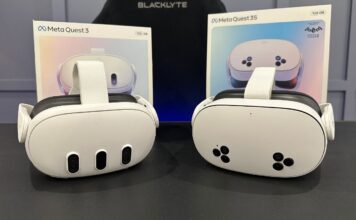



















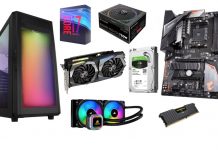



The 8K Upscaling would be great for all the nature shows I watch, to improve the clarity.
It is amazing how our technology has come. I remember our very first TV in the 1980’s. To have such realistic quality while watching movies or sports would be amazing.
Best feature is the 7680 x 4320 resolution.
The four or more HDMI connections will be great for connecting our various gaming systems!
The upscaling feature is very important – until everything else catches up and offers programs and movies in 8K.
The Dolby Vision and HDR content ability is key for me.
I’d like the 8k upscaling, it would really improve my viewing experience.
The 8K picture resolution would be very important for me.
I want to get ahead of the tech and get an 8k now even though not much content is 8k yet. I also love that the upscaling will make all my 4k and lower def content look much better!
I like that they shine in dark and bright rooms. This is always a problem with older TVs!
I would love the upscaling feature!
I have a very bright room and the 8K TV provides better picture quality in bright rooms
8K Upscaling
The 8K has 33million pixels for the clearest picture ever on any Tv that’s my favourite feature of the 8K
One of the features of 8K TVs that I would really like is HDMI 2.1. The higher bandwidth would really improve my gaming and movie watching experience.
The 8K upscaling would be a dream for picture quality!
The next generation in picture quality
I’d like my next TV to have 8K MicroLED technology.
The 8K picture resolution would be very important for me.
One of the features of 8K TVs that I would like to have in a new TV are AI processors.
I like that the 8K TVs can upscale from 4K to improve picture quality.
the 8K resolution .. what could be any better
The amazing 7680 x 4320 resolution.
I like that 8K will shine in bright rooms
I like that the TVs have 8K up scaling to improve the picture to the best quality possible.
My favourite feature is the upscaling for improved picture quality
I’d like the 8k upscaling, it would really improve my viewing experience.
I think my favorite feature would be the fact that in all types of lighting that the graphics should be fine and show up perfectly.
I love that 8K will shine in bright or dark rooms!
Support hdmi 2.1
8K Upscaling is the current standout feature to have for me
Samsung 8K have better contrast and brightness for any room, dark or bright!
The better resolution and picture quality are it for me.
8K resolution that improves the picture quality to be very vivid, ultra-sharp, and tiny detail is enhanced in a way that’s visible to the naked eye is an amazing development.
better contrast is key
better contract
At this point 8K upscaling is the most important feature, as most things aren’t available in 8K yet.
The 8K picture quality would be great!
The improved colour and contrast for everything you watch would be benefit of choice,wow!
Love 8K will shine in bright or dark rooms because I find some movies dark to see,yeah brighter.
Game mode for sure
I’d love the 8K Upscaling feature the best in a new TV.
I would love having an 8K TV in my living room. The resolution would be amazing in my space
8K upscaling would be an amazing feature to have!
I would love to have 8K upscaling in a future television, for awesome picture quality!
Really excited by the 8k Upscaling.
8K upscaling would be an amazing feature. The picture quality on 8K TVs with this feature would be next level.
The 8K upscaling would be great
One of the features I like is the 8k upscaling.
I love the 8K because it has so many more pixels and would provide a better picture because of that.
Comments are closed.